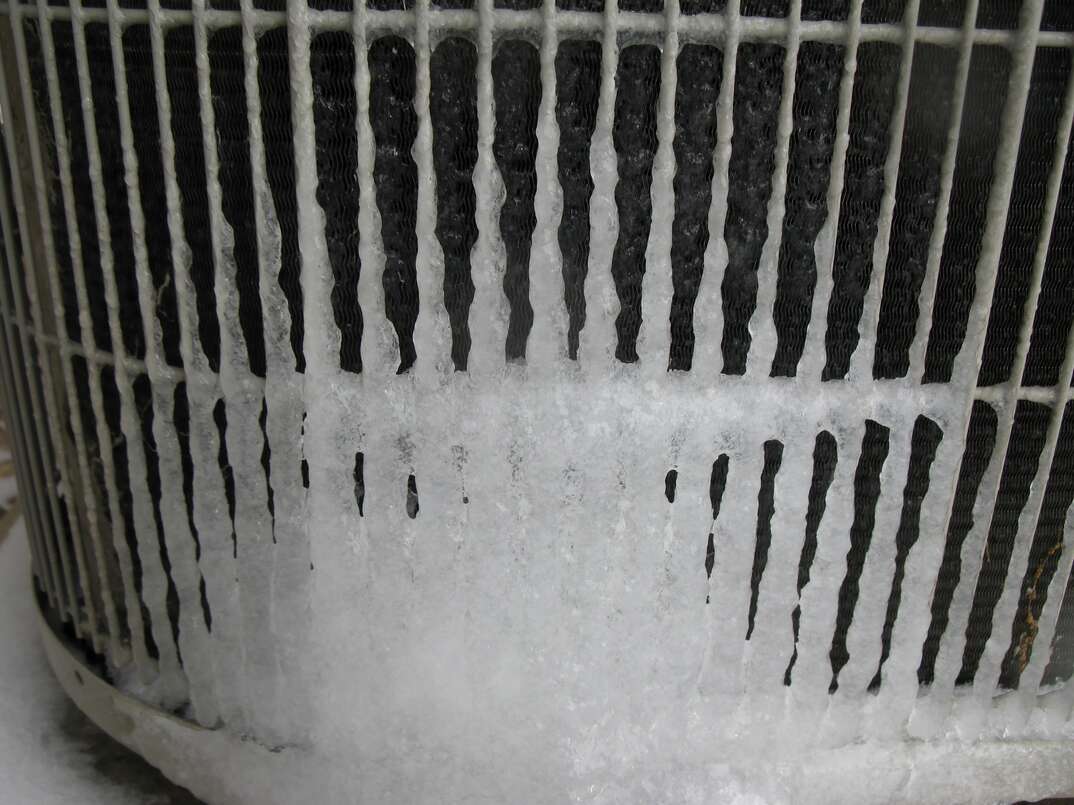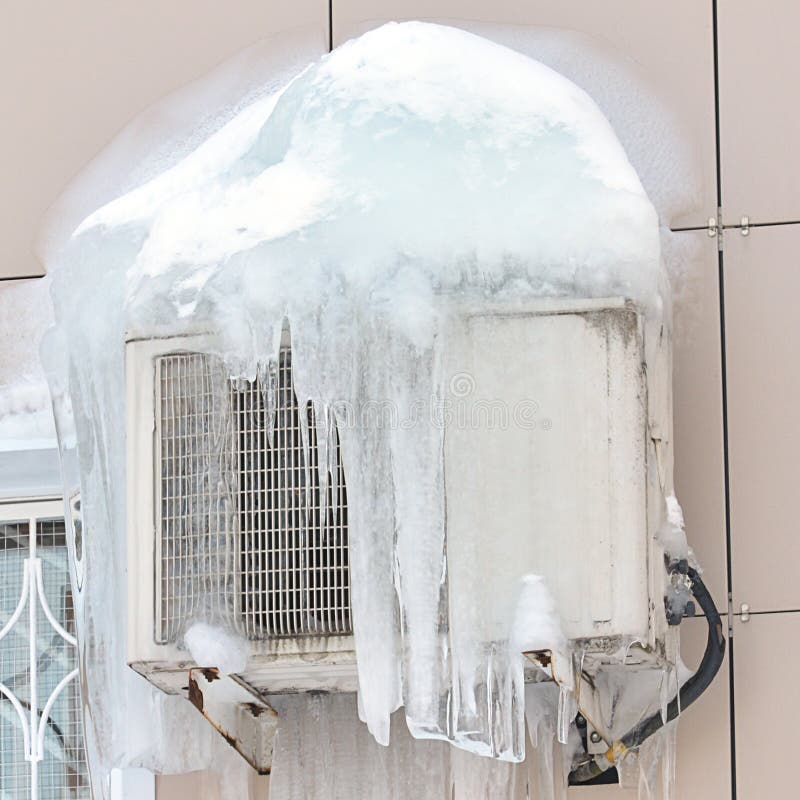What are your concepts about Have a Frozen AC Line? Here’s How to Fix It?

Introduction
Finding that your a/c pipeline is frozen can be concerning, specifically throughout warm summertime when you rely on your ac unit one of the most. Comprehending what to do in such a scenario is essential to stop more damage to your cooling system and ensure your comfort indoors.
Comprehending the Causes
Numerous factors can contribute to the cold of an air conditioner pipe. Comprehending these reasons can aid you deal with the problem successfully.
Absence of Airflow
One usual cause of a frozen AC pipe is inadequate airflow. When the airflow over the evaporator coil is restricted, it can trigger the coil to drop below freezing temperature, leading to ice development on the pipeline.
Reduced Refrigerant Levels
Inadequate cooling agent levels in your AC system can also cause a frozen pipe. Reduced cooling agent levels can cause the stress in the system to drop, leading to the cold of wetness on the evaporator coil.
Winter Conditions
In chillier climates, freezing temperature levels outside can add to the freezing of a/c pipes. If your a/c unit is not appropriately insulated or if there are leakages in the ductwork, cool air can infiltrate the system, causing the pipeline to freeze.
Dirty Air Filters
Unclean or clogged air filters can limit air flow in your AC system, causing various problems, consisting of an icy pipe. It's important to replace or cleanse your air filterings system frequently to make sure correct air movement and prevent ice buildup.
Signs of a Frozen AC Pipe
Identifying the indicators of an icy a/c pipeline is important for timely action.
Reduced Airflow
If you discover a considerable decrease in air movement from your vents, it can suggest a frozen pipeline.
Ice Buildup on the Pipe
Visible ice buildup on the refrigerant line or the evaporator coil is a clear sign of a frozen AC pipeline.
Unusual Sounds from the Unit
Unusual noises, such as hissing or bubbling, originating from your a/c unit can signify that there's ice present on the pipe.
Immediate Actions to Take
When confronted with a frozen air conditioner pipe, it's important to act swiftly to stop further damage to your air conditioning system.
Turning off the air conditioning
The very first step is to turn off your air conditioning unit to avoid the system from running and exacerbating the issue.
Checking for Blockages
Check the location around the indoor system for any obstructions that might be blocking air movement, such as furniture or drapes.
Defrosting the Pipe
You can utilize mild approaches like positioning towels taken in warm water around the icy pipeline to assist thaw it slowly.
Safety nets
Taking safety nets can assist stay clear of future occurrences of an icy air conditioning pipe.
Normal Maintenance Checks
Arrange normal maintenance checks with a specialist HVAC service technician to make certain that your AC system is running successfully.
Changing Air Filters
Routinely change or cleanse your air filters to prevent airflow limitations and preserve optimal efficiency.
Protecting Exposed Pipes
If your a/c pipes are exposed to cool temperatures, take into consideration protecting them to prevent cold during cold weather.
Seeking Professional Help
If DIY approaches stop working to deal with the concern or if you're unclear regarding just how to proceed, it's best to seek assistance from a qualified HVAC service technician.
When DIY Methods Fail
If your attempts to thaw the pipeline or address various other issues are not successful, it's time to hire a professional.
Value of Hiring a Professional HVAC Technician
A certified HVAC professional has the know-how and tools required to identify and repair problems with your air conditioner system securely and effectively.
Final thought
Taking care of an icy air conditioning pipe can be an aggravating experience, but recognizing exactly how to react can assist minimize damages and bring back comfort to your home. By understanding the reasons, identifying the indicators, and taking punctual action, you can efficiently resolve the problem and stop future occurrences.
What to Do If Your AC Line Is Frozen
Make Sure All Supply and Return Air Vents Are Open
If you notice problems with airflow, the first thing you should do is check your supply and return vents. Supply vents distribute clean, conditioned air throughout your home. As this air becomes stale, it’s pulled into the return vent, where it’s reconditioned before being sent back out through the supply vent.
When these vents are closed, air won’t flow in the home. Before examining your AC, check the vents in every room and ensure they’re all open.
Check for a Dirty Air Filter
Another possible cause of limited airflow is a dirty air filter. Your air conditioner’s filters catch elements you don’t want to breathe in, such as dirt and dust. Over time, filters can become clogged, ultimately blocking air from flowing in and out. The lack of airflow can then cause the entire coil to freeze and will completely restrict any air from moving through it. The AC may need to be powered off for one to two days to allow the coil to thaw after replacing the filter to allow proper functioning of the unit. This debris can also accumulate on your AC’s evaporator coil, requiring a more serious repair. In general, air filters should be cleaned regularly (about every two weeks).
Assess Your Outdoor Unit
In addition to checking your AC, assessing the outdoor unit is a good idea. Also known as the condensing unit, it works with your interior unit to release heat outside. An issue with the outdoor unit can result in rising internal temperatures.
Overgrown Shrubs or Clogged Leaves
From leaves and twigs to shrubs and debris, there’s no shortage of outdoor elements that can accumulate around your condensing unit. When these elements get lodged inside the unit, they can block airflow. Fortunately, removing the blockage can solve the problem.
Sounds of a Broken Fan
Shrubs and leaves aren’t the only things that can impede your outdoor unit’s airflow. If the fan is broken, the unit won’t be able to properly get rid of heat — which means the internal temperature won’t go down. First, make sure the fan is spinning. If it is, check for the following sounds of a broken fan:
Buzzing Rattling Screeching Hissing Clicking Preventative Measures
Nobody wants to deal with a frozen AC line. In addition to causing problems with your air conditioner, they require professional repairs. On the bright side, there are preventative measures you can take to help ensure this issue doesn’t arise in the first place.
https://www.coopergreenteam.com/blog/what-to-do-if-ac-line-frozen

I found that entry on Air Conditioner Frozen? How To Fix your Frozen AC Line when surfing around the internet. Are you aware of someone else who is in to the topic? Why not share it. Thank you for your time invested reading it.
Contact Us Today